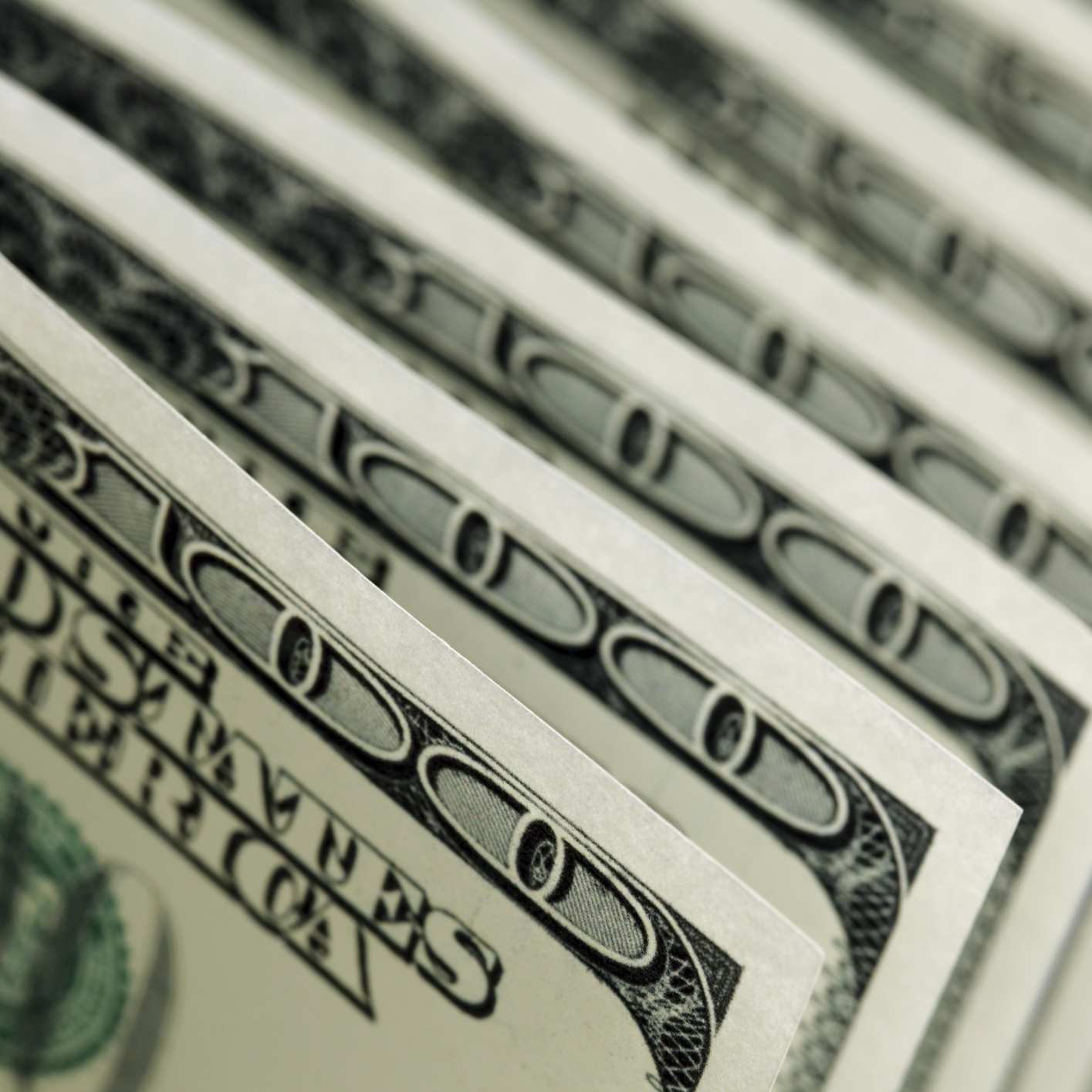Technology
Is Corning at Risk of Returning Too Much Capital to Holders?
Published:
Last Updated:
Corning Inc. (NYSE: GLW) is a great company that has a solid position in the world of glass for screens. A continual problem is not just that there is competition, nor that Apple doesn’t just automatically want to deal with it, but that the market simply will not pay up for this with anywhere close to a market multiple. Now Corning is out with a very ambitious capital return plan for its shareholders. Is it possible that the company is giving back too much for a solid credit profile, and considering that the economic recovery is now over six years old?
Companies can return too much capital to their shareholders. It is a risk, but the verdict on whether that is the case here for Corning remains up for debate and “time will tell.” Corning shares have risen close to 9% over the past three sessions as a result. Before the news, Corning was trading at 12 times expected earnings.
Again, it is too soon to know if Corning overstepped safe boundaries. A lot depends on competition and what happens with its core markets in the coming years. It still seems logical to wonder if Corning is being too aggressive. Companies like IBM have spent billions and billions to throw capital back to their holders, but the core erosion cannot be ignored.
ALSO READ: 4 Merrill Lynch Stock Picks Yielding 7% or More
News of a $1.25 billion accelerated share buyback is one thing. Its market cap was closer to $20 billion before the news, and Corning carried over $7 billion in cash and short-term and long-term investments. The accelerated share repurchase agreement was executed under the existing $2 billion share repurchase program, which had been authorized just in mid-July of this year. The big news was an announcement of an additional $4 billion share repurchase program authorized on October 26, 2015.
Year to date through October 29, 2015, Corning has now repurchased almost 151.5 million shares, if you include the accelerated share count recently announced. In the total capital return, Corning is seeking to boost its dividend by 10% per year through 2019. The yield is currently 2.5%, but this would be targeting a cost-adjusted basis for close to an effective yield of 3.8% or so in the coming years for investors who get in today with the current share price as their cost basis.
So, what does all of this do to Corning’s longer-term picture? It hurts it, at least that is what Moody’s said. Moody’s downgraded Corning’s corporate credit rating for unsecured debt to Baa1 from A3. The reason: Corning plans to return at least $10 billion to shareholders. Corning’s own release said:
Through 2019, we expect to deploy more than $20 billion by returning greater than $10 billion to shareholders, and by investing approximately $10 billion in opportunities to grow and sustain our leadership positions.
ALSO READ: 10 Brands That Will Disappear in 2016
Moody’s said in its rationale:
The downgrade of the senior unsecured rating to Baa1 follows Corning’s announcement that it expects to return at least $10 billion to shareholders, within its strategy and capital allocation framework for the years 2016 through 2019. Moody’s considers the increase in leverage and materially diminished cash balance that it expects will ensue from the capital allocation a departure from Corning’s conservative financial policy. As a result, the company has less flexibility to address the considerable risks in its business. Moody’s estimates that debt-to-EBITDA will increase to about 2 times by 2018 from historical levels of above 1 time, assuming share repurchases at an annual pace of at least $2 billion. The company’s cash balance is estimated to decrease over time towards $2 billion, turning Corning’s historical net cash position into a net debt position.
While Corning’s credit metrics are robust for the Baa1 rating category, the rating also incorporates the specific risks that the company must contend with, including the decline (albeit at a moderating pace) in average selling prices for the company’s LCD glass substrates; its foreign exchange exposure to, in particular, the Japanese yen; the capital intensity of its businesses; the discretionary nature of product purchases in its principal end-markets; as well as customer concentration risks. Corning also established a sizeable reserve for potential liabilities arising from litigation related to its equity companies.
Independent research firm Argus has a Buy rating on Corning, and it sees Corning’s real value up at $30.00. Still, one note from the Argus report stands out with the company’s capital plan versus earnings:
Corning’s third-quarter results, released concurrently with the capital plan, included an 8% decline in core revenue and a 16% decline in core, non-GAAP EPS for the third quarter. Results reflected maturation of certain display glass markets, currency challenges heightened by weak yen (the currency used in precision glass transactions), along with new challenges in areas such as diesel substrates related to Volkswagen’s falsified test results. Results were broadly in line with Street expectations.
Corning is being rewarded for its efforts. There is just a fine line between giving away too much liquidity in returning capital at a time when R&D and competitive pressures remain high. Corning’s $18.90 share price compares to a consensus analyst price target of $20.22 and a 52-week range of $15.42 to $25.16.
ALSO READ: The 10 Most Profitable Companies in the World
Thank you for reading! Have some feedback for us?
Contact the 24/7 Wall St. editorial team.